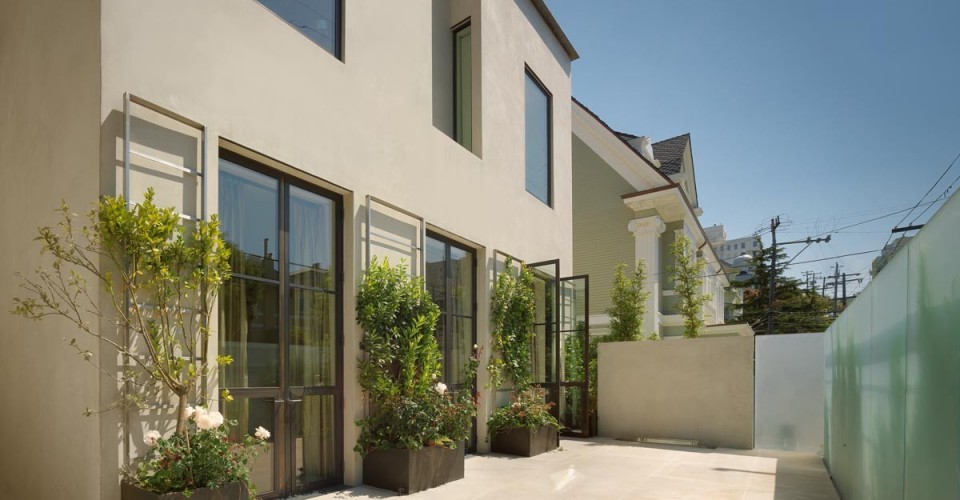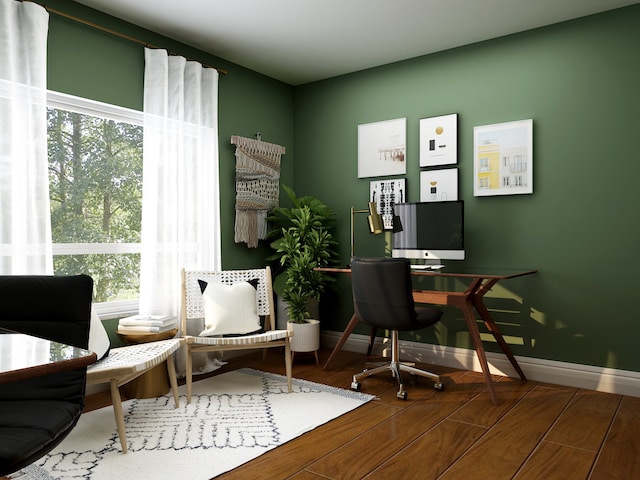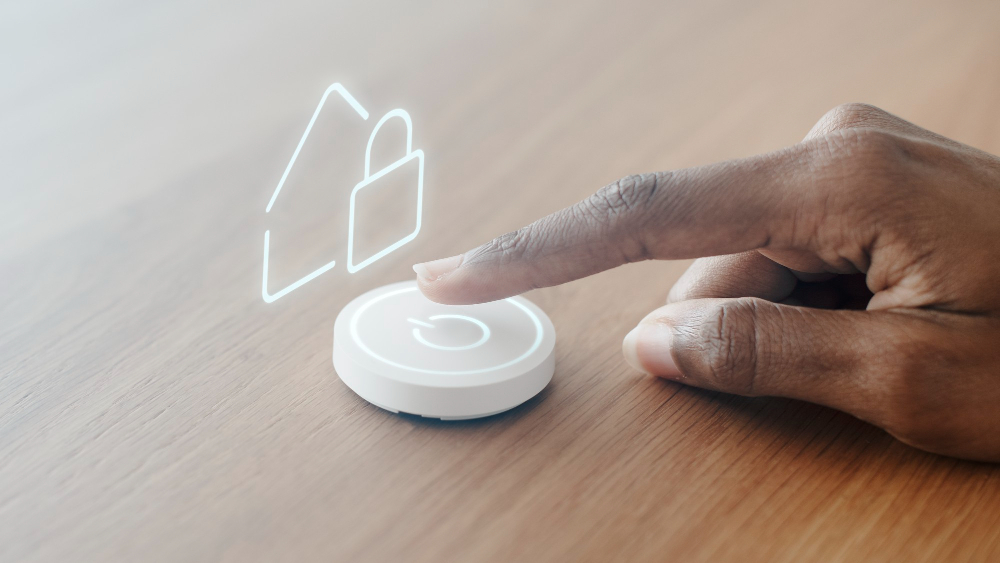If you’ve spent any amount of time shopping for a security system, you’re probably aware of how confusing the various options can be. But having a home security system can help protect your home. In fact, in some studies over half of convicted burglars surveyed said they would avoid homes with an alarm.
Nailing down the right security system for you and your home starts with answering these three simple questions.
Do You Want Smart Home Features?
The first question is whether you want to stick to a basic system or spring for a fancier setup that includes home automation. A standard monitored system with sensors and a control panel can be surprisingly affordable. And companies like ADT often offer basic smart features like the ability to arm or disarm the system from your phone.
On the other hand, a Wi-Fi connected system offers several advantages:
- Alerts to your phone when the alarm is armed, disarmed, or triggered.
- Remote control of your system from your phone or tablet from anywhere in the world.
- The ability to check in on live video feeds from your cameras.
Smart devices may cost a little more up front, but the convenience can outweigh the cost for some.
Do You Want a Professionally Monitored or Self-Monitored System?
Your next choice is whether you want a professionally monitored system or a self-monitored approach. Each has its pros and cons:
- A professionally monitored system is watched 24/7 by the security company’s staff, so if something triggers the alarm, they’ll call to check on you and alert the proper authorities automatically. This process can make these systems the more effective option. You can also save as much as 20% on homeowners insurance premiums. On the other hand, you’ll have to pay a monthly service fee, which averages about $28, and possibly be limited to using devices approved by the alarm company.
- A self-monitored system can be cheaper to set up and may allow you more flexibility in your choice of equipment. However, in the event of an emergency, you’ll be responsible for calling for help yourself, which may not always be possible depending on the situation. And you may not be eligible for the same level of discount on your insurance, though this difference can vary among providers.
Which Added Devices Do You Want?
A basic monitored security system typically consists of some sensors for doors and windows, possibly a camera or two, and a control panel that keeps an eye on the devices. That control panel could be an actual panel on your wall, like you get when you set up a system with ADT, Vivint, or other monitored providers. It can sometimes be a virtual control panel as an app on your phone or tablet.
On top of the basics, you’ll need to decide if you should spring for more advanced devices, such as smart locks, smart smoke detectors, smart lights, and doorbell cameras. Which devices and how many comes down to your individual home and budget. And keep in mind that many of these connected devices also add significant convenience, like the August Smart Lock that automatically opens when you approach your door.
Deciding on a home security system can be tough, but it doesn’t have to be. Break it down into these smaller decisions, and you’ll be well on your way to securing your home.




